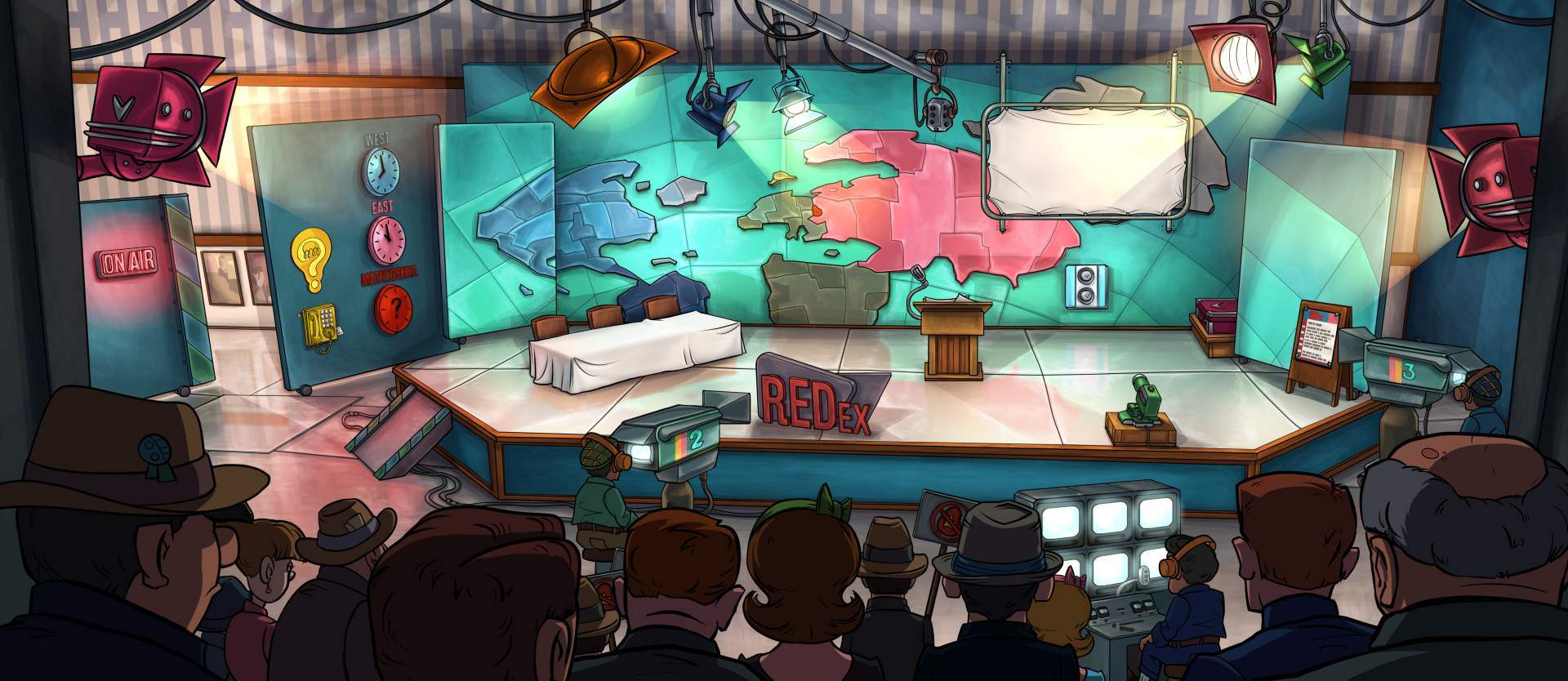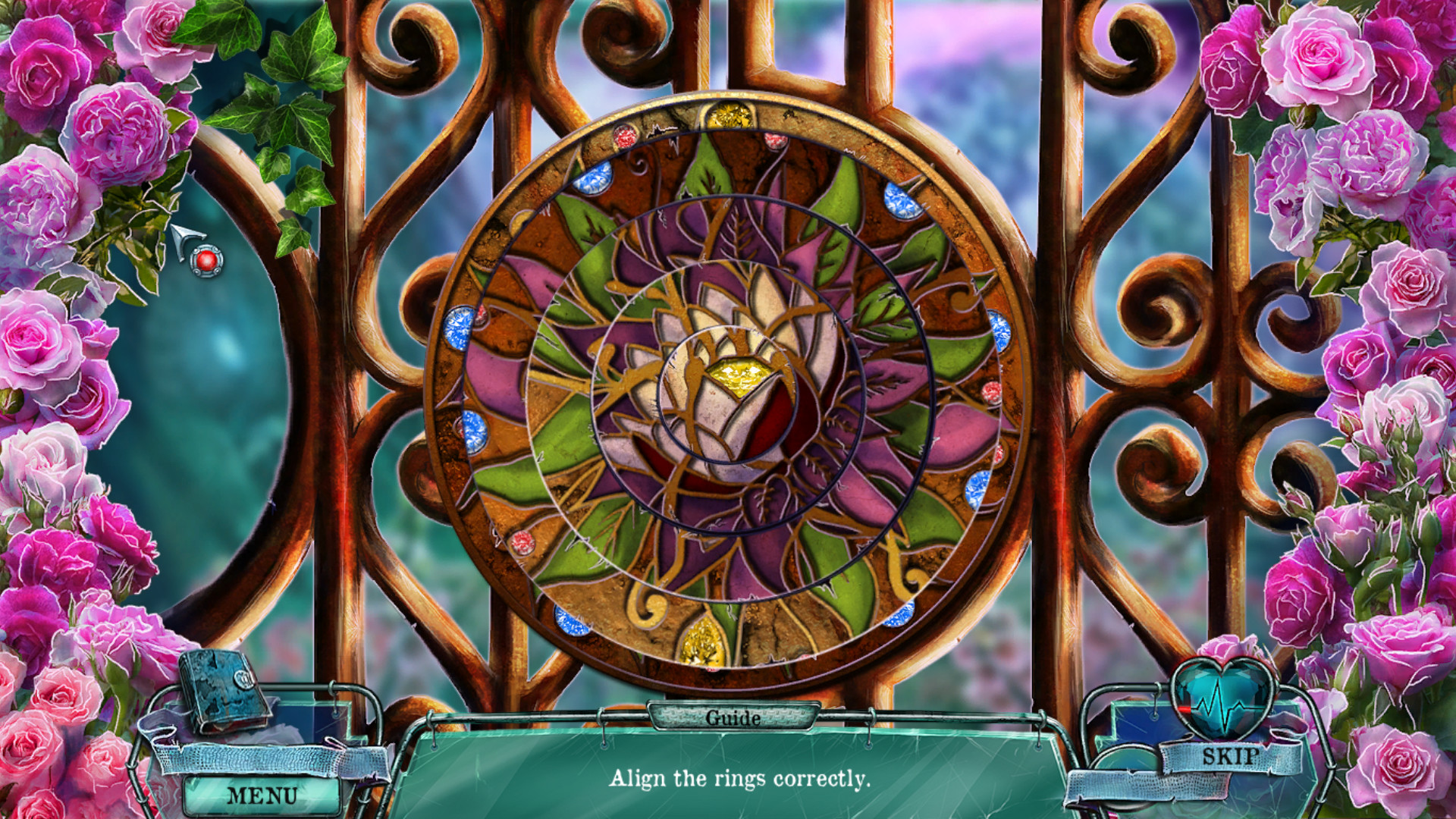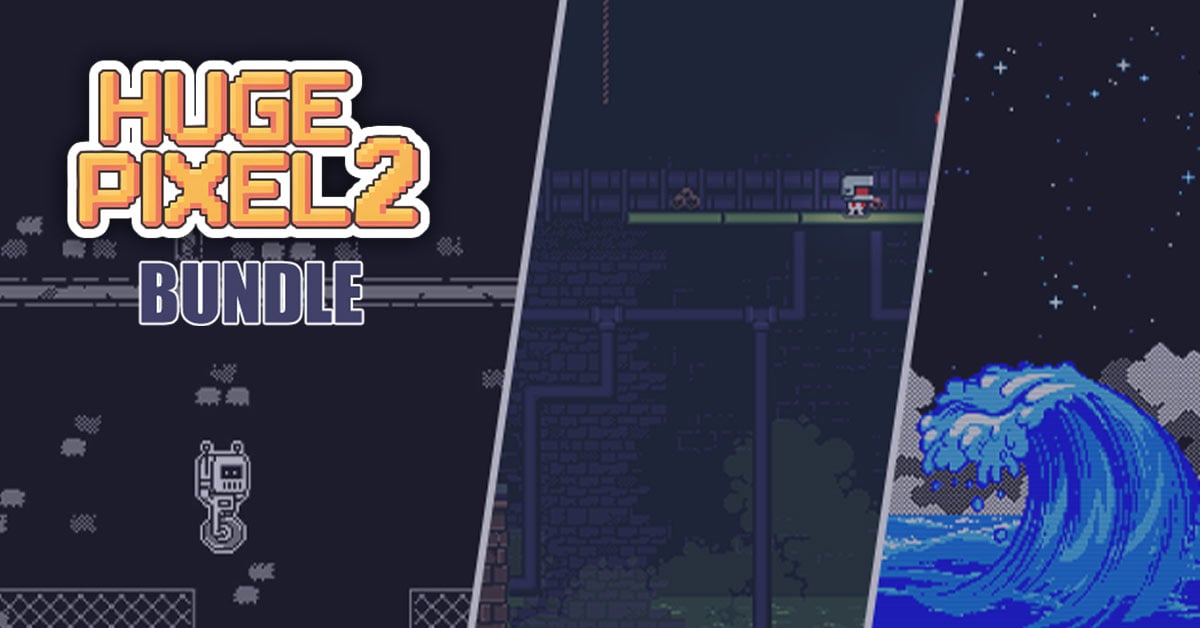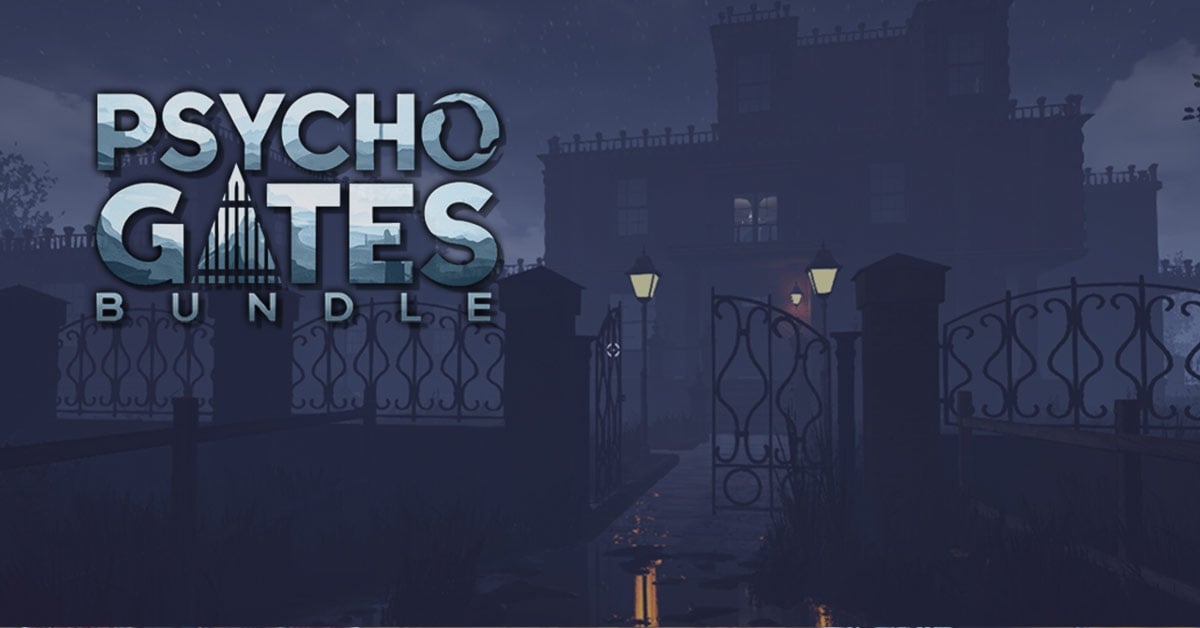Alice’s car breaks down and plunges into a river. The next thing she knows, she wakes up in a strange world made of her own memories, dreams and nightmares. Ruling over this bizarre dream land is the mysterious Shadow, who forces the protagonist to face her deepest fears.
In order to escape this ominous, psychedelic world, Alice needs to follow an enigmatic lifeline and locate four magical totems that will allow her to rebuild a bridge back to her own reality. But this proves to be no easy task. Alice must venture deep inside her own subconscious, to face motley characters embodying friendly as well as hostile parts of her own psyche.
Alice solves charades and puzzle that test her intellectual prowess. She must confront the ghosts from her past, suddenly made real by the Shadow’s insidious power.
Will our protagonist muster the strength to defeat her own demons? Or will the Shadow win?
The fate of Alice lies in your hands!

Features
- Venture through 38 surrealistic, hand-painted locations of Shadow Land!
- Face 22 mini-games and 19 hidden object scenes!
- Follow the lifeline to find 4 totems hidden throughout the game!
- Meet 8 oneiric, but larger than life, characters!

This time wed like to acquaint you with the creative process that goes into creating the scenes in the game. Here, for example, we have one of the first locations in the game the conference Evan attends in order to present a speech on Matryoshka.
If you'd like to support the game, don't forget to add Irony Curtain to wishlist !

1. First off, we begin with a very rough concept art - mapping out the placement of active elements of the scene (the interactive parts that will contain moving objects), and on this, we build the gameplay (with placeholder dialogues and text and placeholder screens instead of minigames). This is usually the fastest part of the process. If we dont like it or something doesnt play out quite as well, we re-do parts of it until everything fits the way we want it to.
PS. Drawing each location out by hand means, that we have concept arts for each and every location in the game! Would you like to see them as bonus material?
2. After the sketch is completed we create a mood board, which sets the color schemes for all locations (we wanted it to not only be cohesive throughout the whole game but also reflect the passing of time morning, afternoon, evening, etc). This is possible thanks to the macrolocation system we have once you go through a set of locations you will not return to them again, so we can give you this sense of passing time.

3. Based on the concept we then proceed to fill in the details this leads us to a complete lineart. A lineart is (just like the name suggests) a picture that has only the outlines, usually in black. If you havent seen one, it resembles a page taken out of a childs coloring book.

4. When were happy with the result we create a color palette from the mood board and roughly place them on the lineart. At this stage, we check out if everything works together if the scene conveys what we wanted to say and if its also pleasant for the eye.

5. Then come the flat colors literally filling in the line art with flat colors. Just one color layer, no shadows, no color blending. You could think of it as colorful paper cutouts placed on the lineart.

6. The second-to-last step is creating all the shading, light reflections, and all small details that will make-or-break the picture, bringing it to life and helping us tell a story even before theres a single word spoken or even before we introduce any of the main characters.
7. Then, of course, with games comes the step of creating the animations, different states of interactive elements (etc. closed/open doors), etc. But thats a different part of this tale.
So, did you enjoy this little tour? Would you like to see more from Irony Curtain?
Minimum Setup
- OS: Ubuntu 12.04 (32/64bit)
- Processor: 1.5 GHzMemory: 512 MB RAM
- Memory: 512 MB RAM
- Graphics: 128 MB VRAM
- Storage: 1 GB available space
Recommended Setup
- OS: Ubuntu 12.04 (32/64bit)
- Processor: 2 GHzMemory: 1 GB RAM
- Graphics: 256 MB VRAM
- Storage: 1 GB available space
[ 6375 ]
[ 5865 ]
[ 751 ]
[ 2194 ]






































